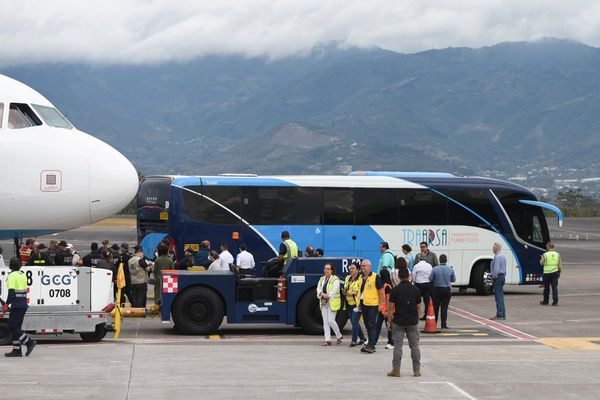
A Ukrainian journalist has released what appears to be a footage of a North Korean M1991 Multiple Launch Rocket System (MLRS) deployed inside Russia.
The video, published on the Telegram channel of defense reporter Yuriy Butusov, shows Russian servicemen installing anti-drone shielding on the M1991 rocket launcher inside a hangar.
While the location has not been officially confirmed, previous intelligence reports suggest such systems have been transferred from North Korea to western Russia earlier this year.
However, HNGN cannot independently verify the video.
The M1991 is North Korea's counterpart to Russia's BM-27 Uragan. It's a self-propelled system armed with 22 barrels capable of firing 240mm unguided rockets carrying 90-kilogram (198-pound) warheads. With an effective range of up to 40 miles, the launcher poses a significant threat on the battlefield.
In January, multiple sightings were reported of North Korean MLRS units being discreetly moved into Russia, camouflaged as civilian vehicles in the Kursk region. However, this new video is believed to be the first direct visual confirmation of such equipment on Russian territory.
Neither the Armed Forces of Ukraine nor the Russian military have issued official statements regarding the video's authenticity or implications.
The deployment comes in the wake of a landmark defense agreement signed between Russia and North Korea in June, which commits both countries to mutual military support in the event of external attacks. The pact also includes a pledge to resist Western sanctions on financial systems, goods, and military cooperation.
As part of this alliance, North Korea has reportedly sent around 14,000 military personnel to support Russia's efforts in the war against Ukraine. To date, about 1,100 North Korean soldiers have been reported killed or wounded in combat. However, there has been no official confirmation.
In return, Moscow is allegedly helping Pyongyang with drone technology, co-developing various models of reconnaissance and loitering munitions—commonly referred to as "suicide drones"—for battlefield use.
Originally published on HNGN







